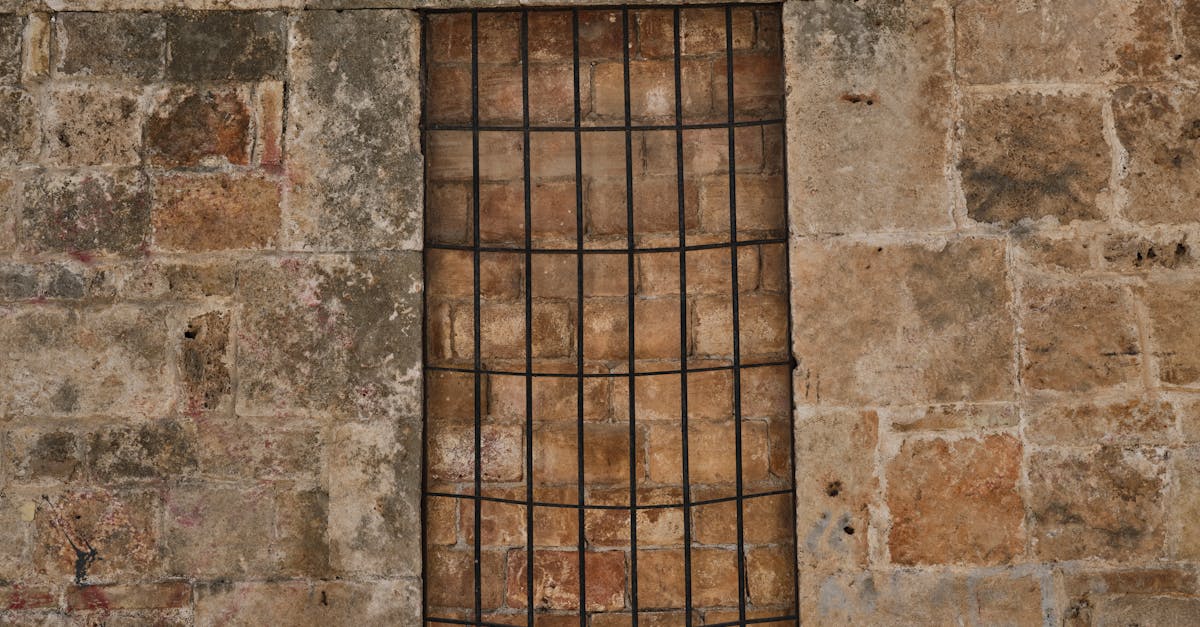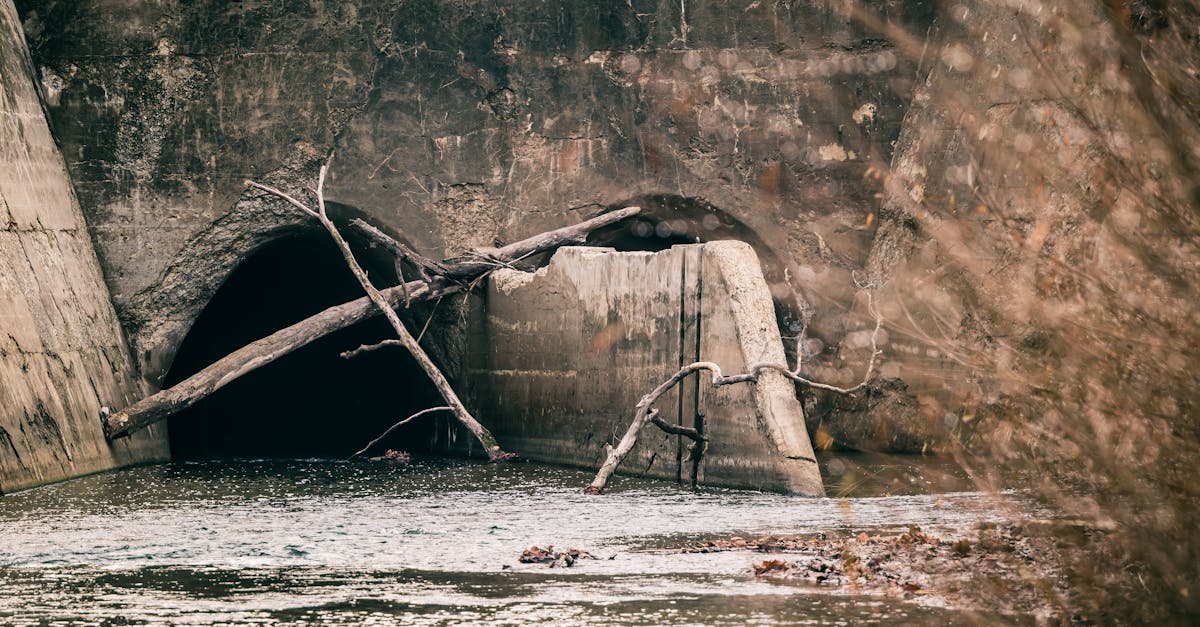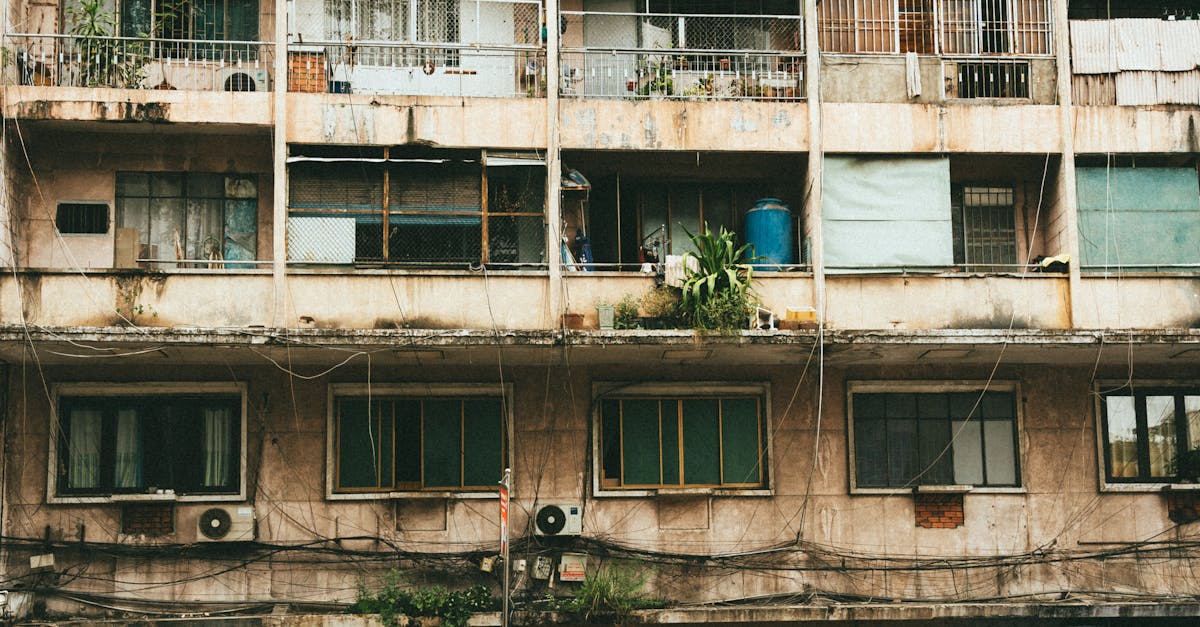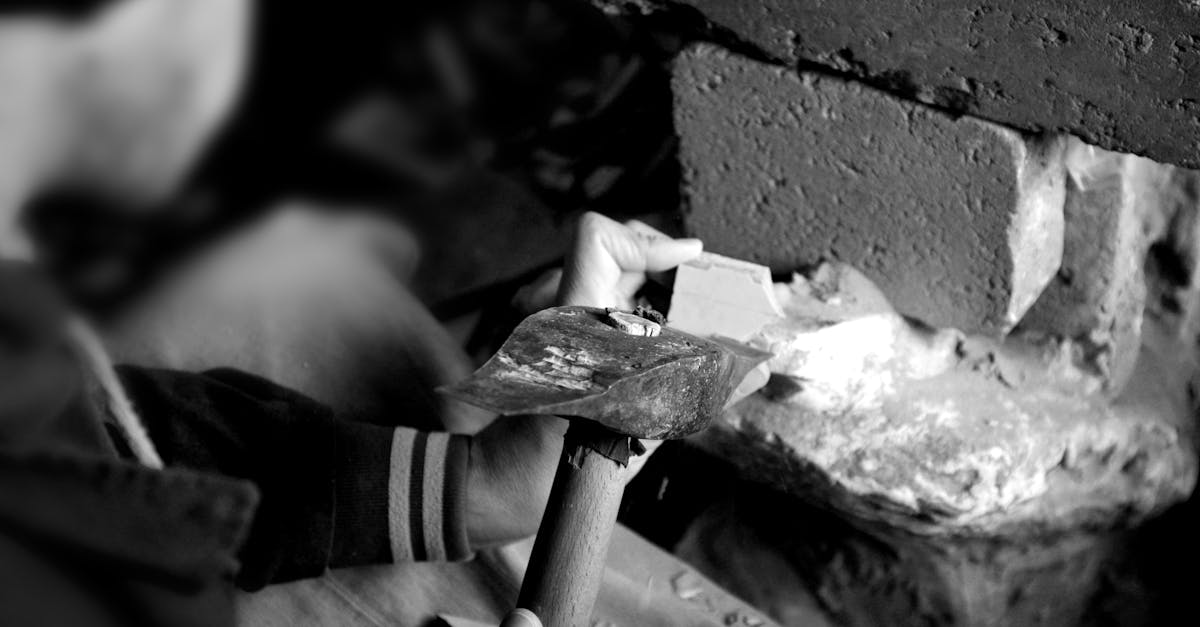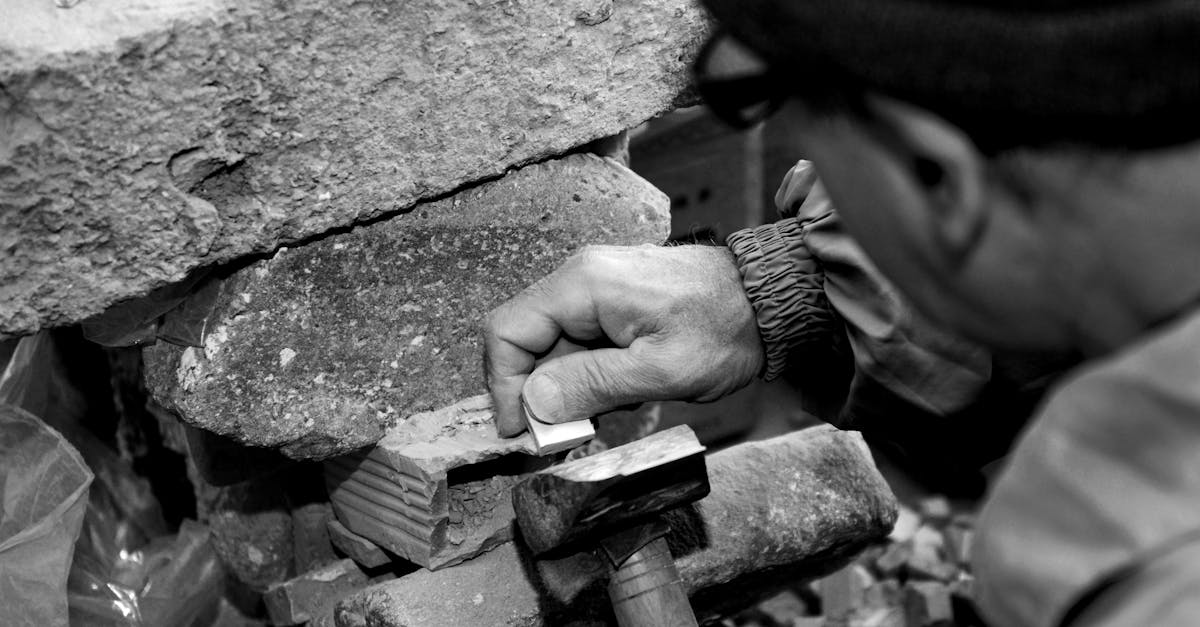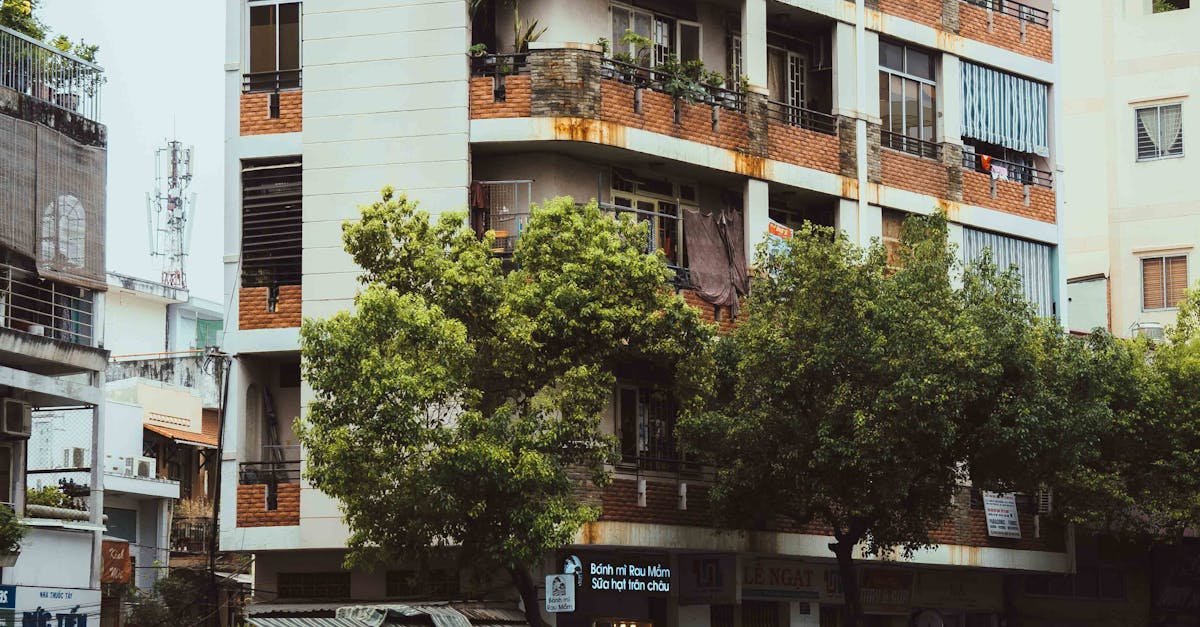
Table Of Contents
Managing Water Supply Issues
When addressing water supply issues during toilet installation and repair, it is essential to assess the existing plumbing setup. This includes checking for any leaks or blockages in the pipes that may affect water flow. Ensure that the shut-off valve is fully functional, as it controls the water supply to the toilet. Adjusting the valve can help maintain adequate pressure, preventing weak flushes or constant running.
Careful inspection of the inlet valve and the water line connection is crucial. The water line should be securely attached to both the shut-off valve and the toilet’s fill valve. Any loose connections may lead to water leaks, which can cause damage both to the toilet and the surrounding area. If the water supply is not filling the tank adequately, it might be necessary to replace or repair these components to ensure efficient operation.
Connecting the Water Line Properly
Properly connecting the water line is crucial for ensuring a well-functioning toilet system. Begin by turning off the water supply at the main valve. Inspect the water supply line for any signs of wear or damage. If necessary, replace old lines with new, high-quality ones that fit the existing connections securely. Use pliers to tighten the fittings, but avoid overtightening, as this may lead to leaks. Always ensure that the hose is routed without kinks, allowing for a smooth water flow to the toilet.
After securing the water line, test for leaks. Turn the water supply back on slowly, keeping an eye on the connections. If there are any drips or puddles forming, tighten the fittings further or consider replacing seals if needed. This attention to detail is vital in toilet installation and repair. Regular inspections of the connection can help prevent potential issues down the line, ensuring a steady and reliable water supply for your toilet.
Adjusting Toilet Tank Components
Toilet installation and repair often centre around the proper adjustment of tank components to ensure everything operates smoothly. Key components, such as the float, fill valve, and flush valve, need to be set correctly for effective flushing and refilling. If the float is too high, it can cause water to continuously run into the overflow tube. On the other hand, if it is set too low, the tank may not fill completely, leading to inadequate flushing.
Another important aspect to consider is the flush valve, which releases water from the tank into the bowl. Ensuring that the flapper seals properly is vital to prevent leaks and maintain the correct water level. Regular checks on these components can help in identifying issues early on, making adjustments as necessary to enhance performance. Properly adjusted tank components contribute significantly to the longevity and efficiency of your toilet.
Common Tank Adjustments for Optimal Function
To ensure optimal function of your toilet tank, it is crucial to make the necessary adjustments to its internal components. Check the float mechanism, as it plays a key role in regulating the water level. Adjust the height of the float arm, if required, to ensure it rises to the appropriate level and prevents overflow. A misadjusted float can lead to a constantly running toilet, wasting both water and money.
Additionally, inspect the fill valve to ensure it is functioning correctly and adjust its flow rate as needed. If the tank is taking too long to fill, a simple adjustment to the water supply line may resolve the issue. Regular maintenance of these components is part of effective toilet installation and repair, leading to a more reliable and efficient system overall.
Fixing Clogged Toilets PostInstallation
Clogs can often arise shortly after a toilet installation, even if everything seems to be in order. One common cause is improper installation of the wax seal, which can create gaps and lead to blockages. It’s essential to inspect the connection between the toilet and the drain to ensure that everything is sealed tightly. If the toilet is wobbling or there are visible gaps, re-seating the toilet and using a fresh wax seal can help mitigate these issues.
Another frequent culprit for post-installation clogs is the toilet's internal components. Issues such as a poorly adjusted flapper or a malfunctioning fill valve can interfere with proper flushing. Regular maintenance checks can ensure these components operate optimally. Addressing these potential problems as part of standard toilet installation and repair practices can save time and frustration in the long run.
Solutions for Common Clogging Issues
Toilet installation and repair can be straightforward processes, but many homeowners encounter issues with clogging shortly after installation. A common reason for clogs is the improper alignment of the toilet’s discharge pipe. This misalignment can prevent waste from passing smoothly through the plumbing, leading to frequent backups. Ensuring that the toilet is level and properly secured can help mitigate this issue. Regularly checking the toilet's flange for integrity during installation can also prevent future complications related to improper sealing.
Another prevalent clogging issue arises from using excessive toilet paper or flushing non-biodegradable items. Queuing up heavy paper usage can overwhelm the toilet's flushing capability, particularly in low-flow models. Educating household members about what should and shouldn’t go down the toilet can significantly enhance the flushing efficiency. In cases of persistent clogs, a plunger or a toilet auger can be effective tools for clearing blockages without causing damage, providing a quick remedy that complements proper toilet installation and repair practices.
FAQS
What should I do if the water supply to my toilet is inadequate?
Check for any kinks in the water line and ensure that the shut-off valve is fully open. If the issue persists, inspect the water supply line for leaks or blockages.
How do I properly connect the water line to my toilet?
Ensure that the rubber washer is in place, then tighten the connection by hand and use an adjustable wrench if necessary. Avoid overtightening to prevent damaging the fittings.
What adjustments can I make to the toilet tank for better performance?
You can adjust the float height, check the flapper for proper sealing, and ensure the fill valve is functioning correctly. These changes can help improve flushing efficiency and prevent leaks.
How can I fix a clogged toilet after installation?
Use a plunger to create suction and dislodge the blockage. If that doesn’t work, consider using a toilet auger or a plumbing snake to reach deeper clogs.
What are some common causes of toilet clogs?
Common causes include too much toilet paper being used, flushing non-flushable items, and issues with the plumbing vent or sewer line. Regular maintenance can help prevent clogs.


